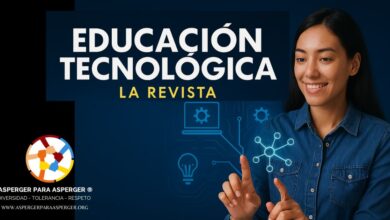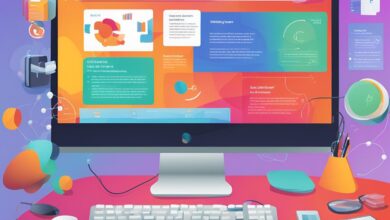The Debate of Open Source and Proprietary Software: Pros and Cons in the Context of Digital Leadership and Technological Ethics
Summary
The article explores the critical decision organizations face when choosing between open source and proprietary software, highlighting the impacts on innovation, transparency and social responsibility. It addresses how digital leadership involves guiding organizations in the ethical and sustainable use of emerging technologies.
For open source software, pros include transparency, collaboration, cost reduction and vendor independence. The cons center on limited support, implementation complexity and lack of uniform standards.
On the other hand, proprietary software offers reliability, ease of use and security, but with disadvantages such as high costs, lack of transparency and vendor lock-in.
Case studies are included, highlighting the use of Linux by large technology companies and Microsoft Azure in the healthcare sector, illustrating the contextual advantages of each type of software.
Finally, a theoretical framework for decision making is presented, suggesting evaluating transparency versus security, resources and social responsibility, in order to balance technological innovation with ethics. The article concludes that the choice is not binary, but must consider the specific needs, resources and values of each organization.
Translated with DeepL.com (free version)
This content is exclusive to subscribed members. However, by registering here, you can gain free access to 3 articles.
Please log in if you already have an account or subscribe now to gain full access.



